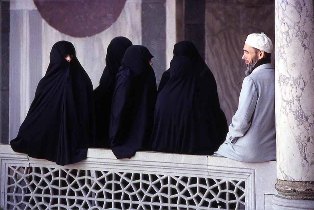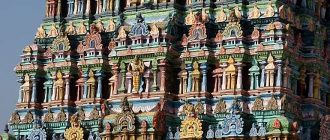About nine centuries after the Normans forced the Arabs out of Italy, the country witnessed an unprecedented influx of Muslim immigrants in the 1970s, leading to the establishment of permanent communities. Read our guide for more facts and information…
After the Second World War, when thousands of immigrants were entering most European countries, Italy was witnessing more emigration. However, it was only in the 1970s that Italy began attracting immigrant workers from Philippines, Latin America and other regions. It marked the second phase of Islam in the country after the religion was almost obliterated around the close of the twelfth century when Normans gained a foothold in Arab-dominated Sicily. However, several factors, including the lack of a cohesive leadership, have impeded the recognition of Islam as a state religion.
Muslim Population in Italy
Influx of Muslim immigrants into Italy began in 1970s with the arrival of a group of Somali immigrants, following which many have migrated from Egypt, Tunisia and Morocco. Currently, there are about 1.5 million Muslims in the country. According to statistics, the Muslim population in Italy rose from 154,400 to 825,000 between the 1990’s and 2000’s, showing an increase of more than 400 percent. The recent influx of millions of Muslim immigrants has been attributed to several factors, including the Iran-Iraq wars, Iranian Revolution, Gulf wars, African civil wars and Soviet invasion of Afghanistan that have increased the number of asylum seekers.
Muslim Organizations and Places of Worship
The Islamic Cultural Center of Italy is the only organization which is recognized by the state and is considered a legal entity. Other organizations function as unrecognized associations. The UnionedelleComunita e OrganizzazioniIslamiche in Italia (UCOII) is the largest Islamic association in Italy.
Each of the cities of Rome, Milan and Catania has an independent mosque, but there are about 200 places of worship linked to Islamic cultural centers. The mosque in Rome, which was funded by Saudi Arabia, is under the control of Muslim ambassadors to the Vatican. It is the largest in Europe and stands as a remarkable symbol of Islamic presence in the country. The building sprawls about 300,000 square feet and features a 130-feet high minaret. Catania houses the country’s first modern mosque.
The Need for a Cohesive Leadership
Italy is officially secular and extends support and allowances to non-Catholic sects upon request. However, the state support, which is regulated by laws implementing an accord called ‘intesa’, has not yet been granted for Islam. Though the absence of the support does not hinder the practice of Islam, it is not possible to benefit from privileges and financial aids without an intesa. The existence of several Muslim immigrant groups, schisms among the Muslim organizations and lack of a cohesive leadership have stalled the community’s efforts to obtain an intesa.
Despite being the second largest faith in Italy, next only to Catholicism, Islam is yet to gain official recognition. However, Islam could be a major player in the future of Italy, as the influx of immigrants seems to be unstoppable, given the current socio-economic situations in regions like Africa. Like most of the European countries, Italy is set to witness the second generation immigration and perhaps, more conversions as Islam is gaining a stable presence in the country.




